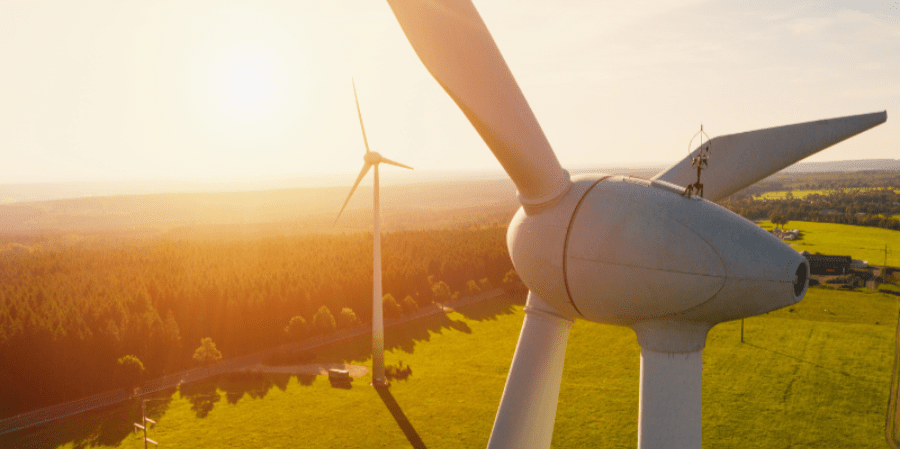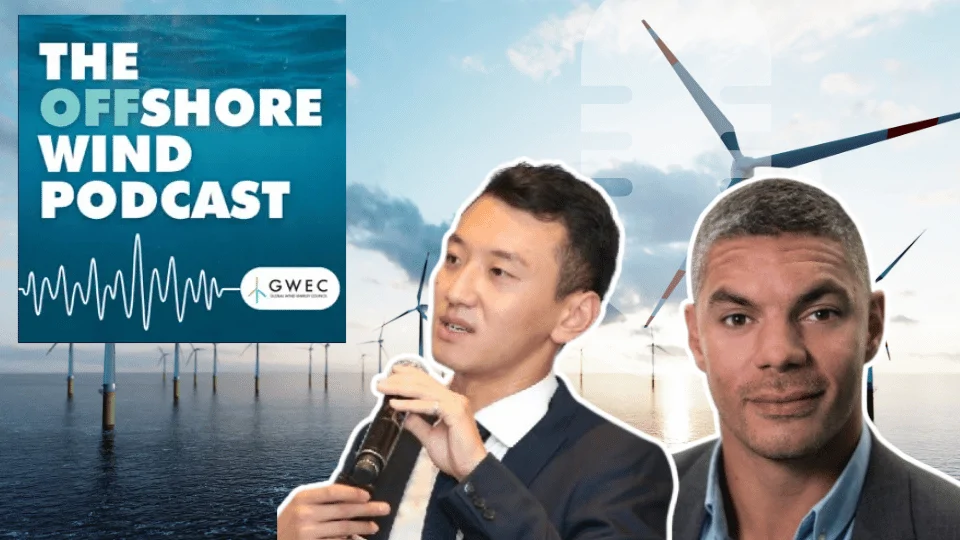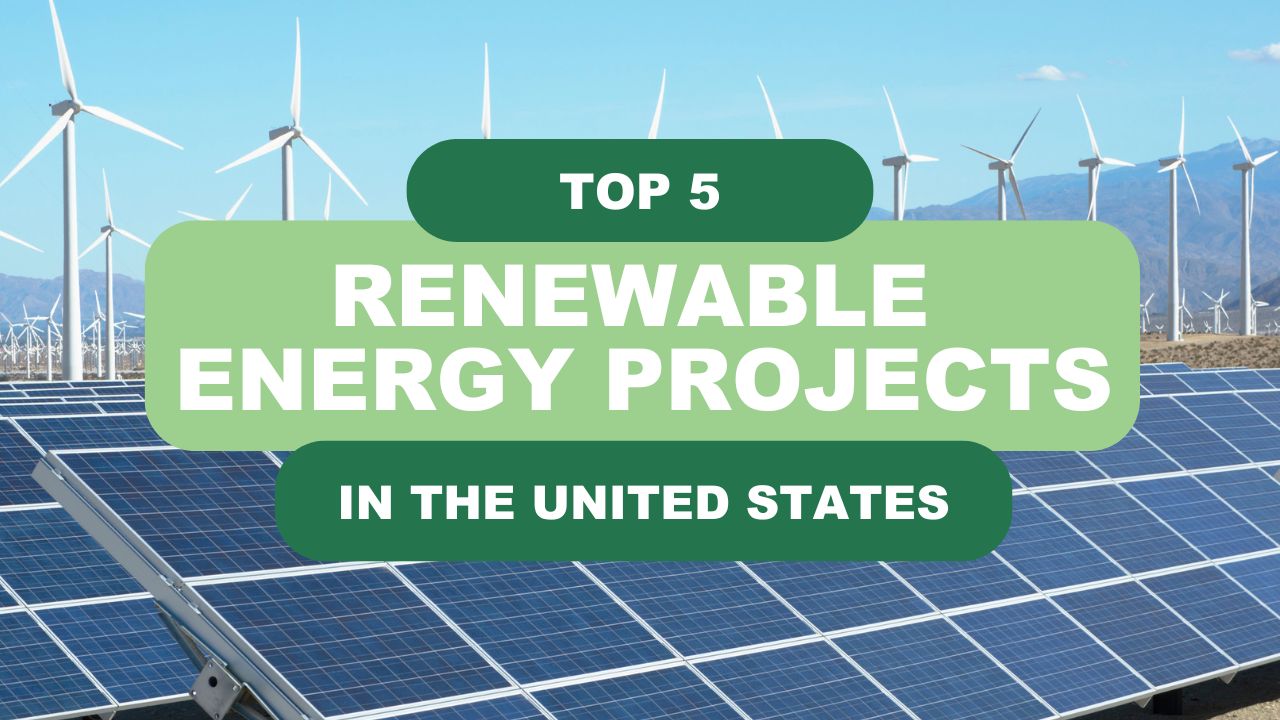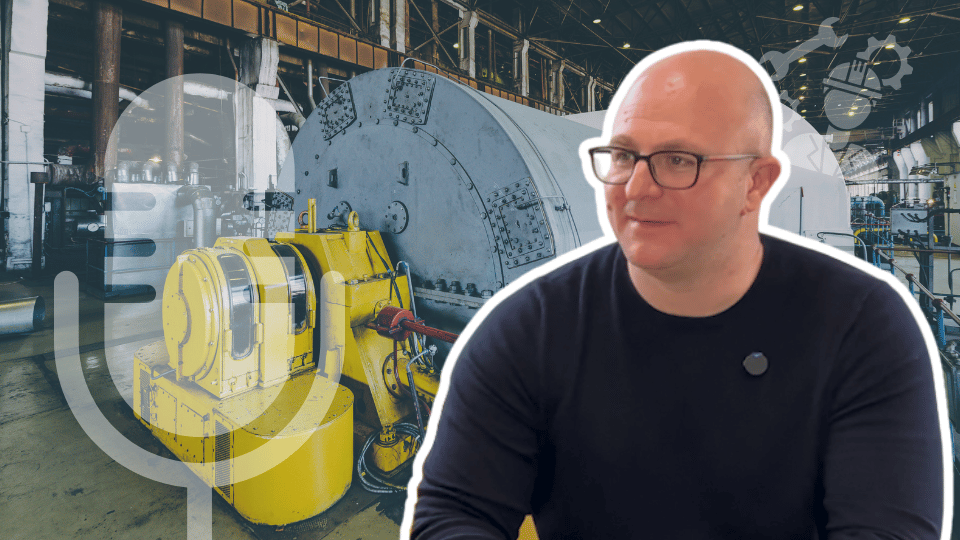A Brief History Of Wind Power
22 Jul, 20223:35Humans have been using wind power for thousands of years, and this isn’t set to change any t...

Humans have been using wind power for thousands of years, and this isn’t set to change any time soon.
We’ve made leaps and bounds in turbine technology over the past few decades. From the first wind turbine to generate more than 1 MW of electricity developed in 1941, researchers are getting ever closer to the 20 MW turbine.
But these achievements are based on hundreds, and even thousands of years, of technological developments to harness wind energy. Here’s a brief history of how humans have used wind power throughout the ages.
Ancient uses of wind energy
The first signs of humans using wind energy can be dated as far back as 5,000 B.C. when it was used to push boats along the Nile. There’s also evidence that buildings were designed to use natural ventilation around the same period.
Later, in Babylonia during the 17th century B.C., Emperor Hammurabi made plans to use wind power for an ambitious irrigation project.
In the Middle East and Persia, windmills were used to grind grain. In China around 200 B.C., they were used to pump water.
Wind energy during the middle-ages
Different methods to harness wind power began to spread all around the world during the Early Middle Ages. During the 9th century in now-Iran, Afghanistan and Pakistan, wind-powered machines were developed to mill cereals and pump water. In the Sistan region of Iran, they developed Panemone windmills for this, consisting of sales arranged around a central, vertical column. Throughout the Middle Eastern region, windmills were used in food production.
This technology progressively made its way to Europe. One of the earliest windmills in the UK can be traced back to 1185 in Weedley, Yorkshire. In China and Italy, windmills were used to pump seawater for salt production. During the 14th century, the Dutch used windmills to undertake the huge project of draining the Rhine delta.
Wind as a source of electricity
In 1887, Professor James Blyth of Anderson's College, Glasgow, Scotland (now Strathclyde University), created the first wind turbine for electricity production, which he used to power the lighting in his holiday cottage. Whilst he wished to share the excess electricity with the nearby village, his offer was turned down as his creation was deemed to be ‘the work of the devil’. Unfortunately, his technology never really caught on because it wasn’t considered financially viable.
In the United States, Charles F. Brush created the world’s first automatically operated wind turbine generator between 1887 and 1888. The machine was a lot bigger than Blyth’s, with a 17-metre rotor diameter and mounted on an 18-metre-high tower. The machine turned very slowly and had 144 blades, only producing 12 kW. It was used between 1888 and 1900 but subsequently fell into disrepair, until it was abandoned in 1908.
In 1891, Poul la Cour, a Danish scientist, developed a wind turbine to generate electricity which was then used to create hydrogen through electrolysis, then used to light Askov Folk High School. He aimed to bring electricity to rural Denmark. In 1903, he founded the Society of Wind Electricians and in 1904 the society held the first course in wind electricity.
During the 1920s, George Darrieus, a French aeronautical engineer, developed the Darrieus turbine, the first vertical axis wind turbine, which he got patented in the US in 1931.
Whilst many small wind turbines and pumps were used in late the 1800s and early 1900s across the United States, their numbers started to decrease from the 1930s onwards as power lines were extended to many farms and ranches across the country.
The oil downturn and the energy transition
With the oil shortages that hit the world in the 1970s, wind power gained a whole new interest, as countries around the world started looking into alternative energy sources.
Much of the technological developments within the field of wind energy during this period were driven by the United States and NASA, which created a research program designed to find a utility-scale energy resource. By the next decade, states across the US were getting involved in a bid to promote clean. For instance, California set in a host of measures to promote the development of wind energy and thousands of turbines were installed.
With renewed concerns about global warming, governments around the world have pushed policies and incentives to promote the research and development of renewable energies.
Current wind energy trends
The Renewable Energy sector has grown consistently over the past few years and decades. According to the International Renewable Energy Agency (IRENA), in 2010, global renewable energy capacity was at 1,22 TW. Ten years later, it had reached 2,8 TW.
It’s becoming clear that clean energy is the pathway to a sustainable future, meaning companies and governments around the world are increasingly turning their attention toward it.
NES Fircroft is a proud sponsor of the Global Wind Energy Council (GWEC), which recently published the 16th edition of its flagship Global Wind Report.
The report highlights key trends within the global wind energy sector, touching upon a range of topics including growth, supply chain, technology, and workforce as well as markets to watch. It also highlights what we can expect from the industry in the near future.
Discover some of the highlights of the report which you should be aware of.
NES Fircroft working alongside GWEC
We deliver workforce solutions for a range of key wind projects worldwide, and we’re excited to work amongst the thousands of GWEC members to continue communicating the benefits of wind power and to support clients and candidates operating within the industry.
If you have a Renewable Energy staffing requirement, get in touch, or search our renewable energy jobs to find your next position.
You can also download GWEC’s full 2022 Global Wind Report for an in-depth insight into the wind energy sector.










